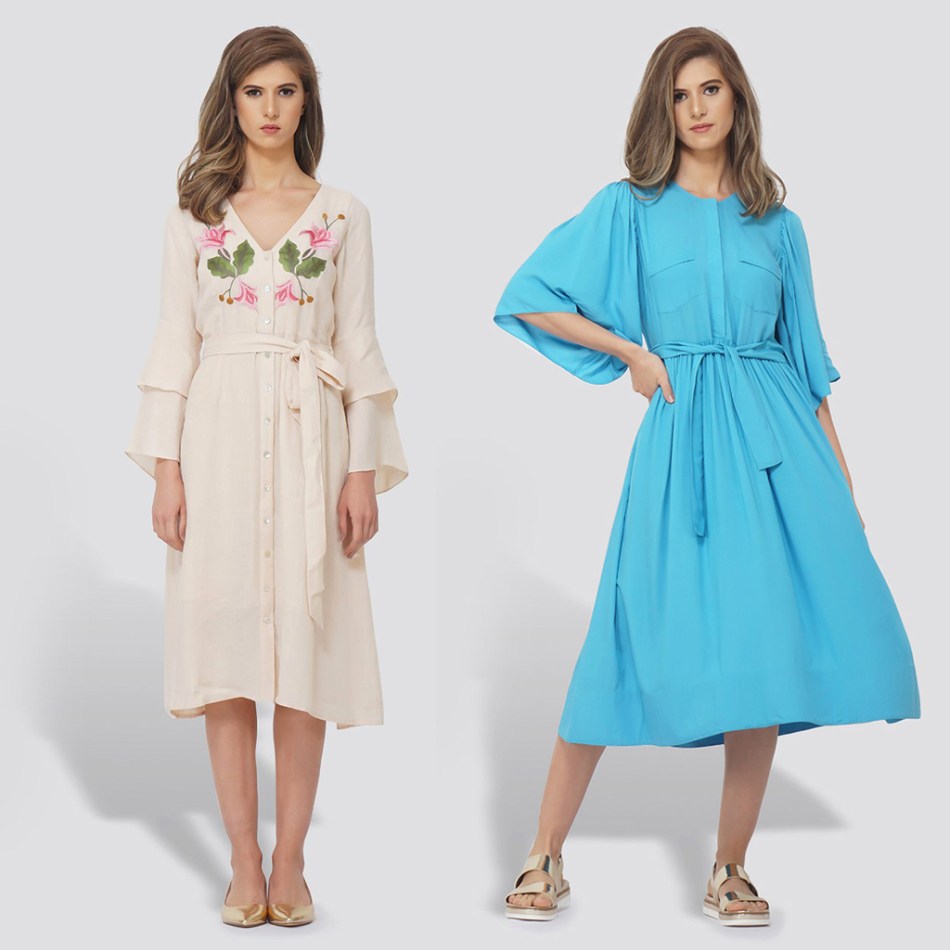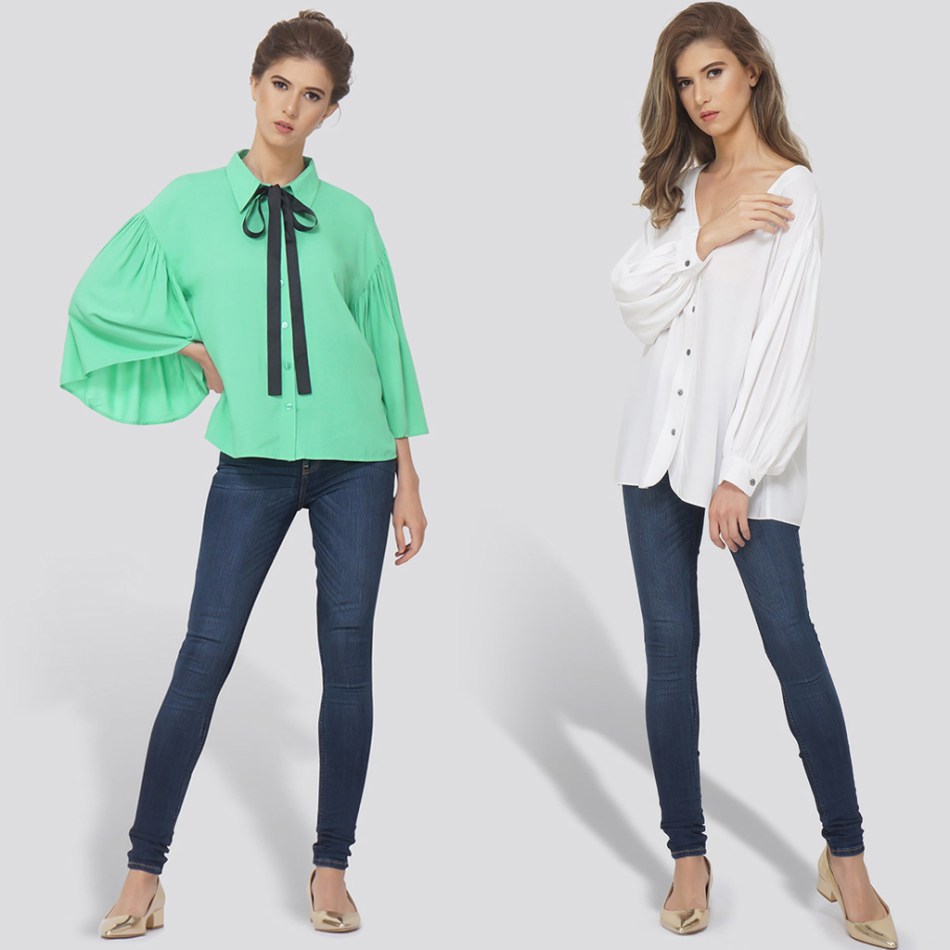As a young girl, Dhirta Rikhye loved cutting up old clothes and reconstructing new garments. As she grew older and began working in the jewellery and fashion industries, she learnt that 85 percent of used clothes from the fast fashion industry go into landfills, and make up 5 percent of all junk thrown there. “I realised I have a purpose as a designer. What is the industry doing? What is the cost of what we’re doing?” says the New Delhi-based entrepreneur.
That realization sowed the seeds of her fashion label, LOVE CHANGE™.
Raised in Delhi, Dhirta studied jewellery design but soon switched to clothing, and had an eight-year long successful stint working with export houses supplying to some of the biggest fast fashion chains in the world.

Not only did the experience teach her about manufacturing best practices, supply chain management and global trends, it also left her with some horror about how the industry has been systematically destroying the environment in its race for cheaper mass-produced clothing with an irresponsibly short shelf-life.
“You can’t blame the consumer; she will naturally go for trendy, cheap options if she gets them,” reasons Dhirta. “The industry has to take stock and take action. I’m confident that if there’s a wave of slow fashion, more people will be willing to make the switch. Someone has to set an example.”

Dhirta is already on the way. Her year-old label sources only organic materials produced without pesticides, such as GOTS-certified cotton, breathable linen and lotus plant fibres. “Sustainability has to penetrate all levels of production,” she says, explaining why the dyes used are all herbal. If the shade she wants cannot be achieved by natural colours, she insists on azo-free dyeing. Buyers get a free branded cloth bag along with each purchase, to discourage the use of plastic.
The clothing is also created to be versatile ‘comfort-wear’. “You can style it anyway you want and take it from daywear to lounge wear. That means you’ll actually spend less in the long-term and use the garments longer,” explains the soft-spoken Dhirta, adding that LOVE CHANGE™ clothes are very robust, and are designed to mould to your body even if you change a size or two, such as by using cloth belts instead of zippers.

“Dry-cleaning is bad for the environment, so our clothes are designed for regular machine-wash in cold water,” adds the attractive 33-year-old, who often models for her own clothing on Instagram.
It wasn’t easy to introduce new production values to craftsmen used to the old ways of doing things, especially her concept of zero waste. “My tailors would find it amusing when I told them not to throw out scraps and to collect them all instead,” she smiles, her eyes twinkling in retrospect.
But once Dhirta had taught them the nuances of intelligent cuts and upcycling waste material, and when they saw how she had woven old scraps into new garments and accessories, they began to appreciate Dhirta’s vision and what she had set out to do.
Of course, the price tag of sustainable clothing appears high at first. LOVE CHANGE™ garments range from Rs 5000 for tops to Rs 30000 for dresses. “Slow fashion is more expensive because things are made by hand, and organic fabrics are more expensive than those made by synthetic fibres,” explains the eco-conscious designer.

But synthetic fabric takes hundreds of years to biodegrade, and commercial dyes have left several of earth’s water bodies polluted and toxic beyond repair, she adds. “Not to mention the fact that the producers are being exposed to large amounts of toxins on a daily basis. It’s a lose-lose proposition for the long-term,” says Dhirta, who married her college sweetheart five years ago after nine years of courtship.
But arguing for sustainability isn’t enough, as Dhirta realised. The proof must lie in the pudding, as they say. Though her family and friends were gently encouraging about her new line, they didn’t realise the value of what she had created until they actually wore the garments for themselves.

“I asked my close friend to touch it and wear it. It looked so good on her and she found it so soft and wearable that now she’s a complete convert and wears LOVE CHANGE™ all the time,” Dhirta narrates delightedly.
So far, her label has only been retailing from her online store, but Dhirta is looking for more outlets including brick-and-mortar options. “I have always had this ‘I will figure it out’ attitude that used to irritate my mom. But once I decide to do something, I do eventually figure out how,” she says. No doubt she’ll figure out how to make young Indians switch to more conscious clothing too.


Pingback: The “survival of the fittest” theory defines the “fittest” as the most “adaptable”. – Love Change